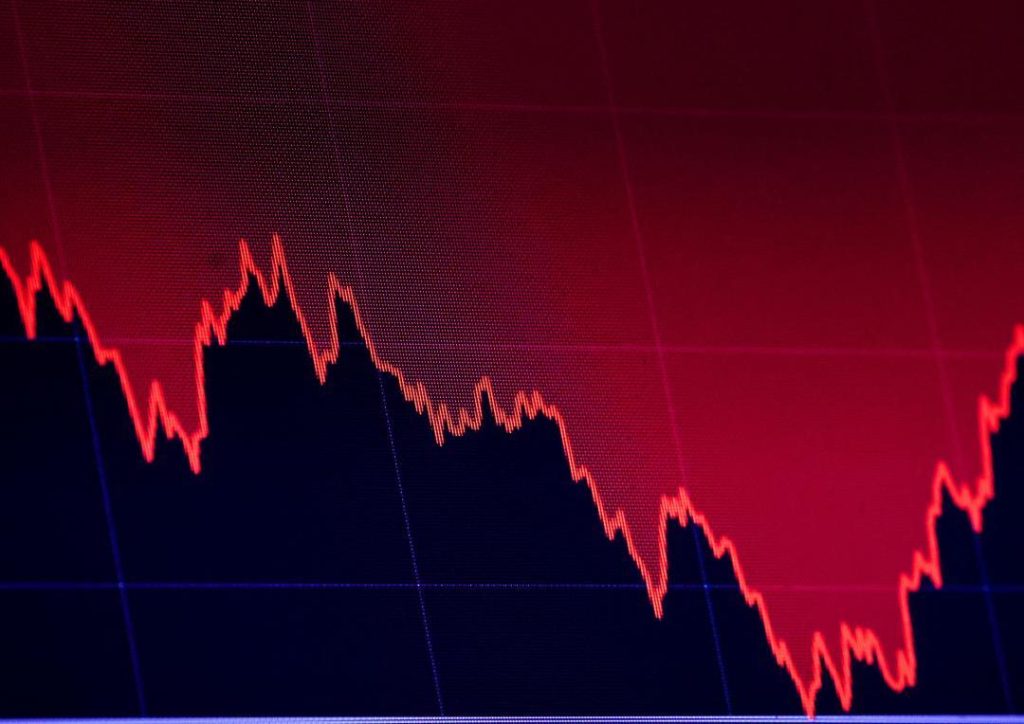
Bloodbath in US Markets: S&P 500 and Nasdaq at Over 6-Month Lows
The US stock market has been experiencing a tumultuous period lately, with the S&P 500 and Nasdaq indexes plummeting to their lowest levels in more than six months. On Monday, the markets witnessed a massive selloff, with investors fretting over US President Donald Trump’s upcoming announcement of tariff plans.
As of 09:44 am (US time), the S&P 500 was down 81.90 points (1.47%) to 5,499.04, while the Nasdaq was down 409.48 points (2.36%) to 16,913.52. The severe decline was a stark reminder of the market’s volatility and the potential for significant losses.
The selloff was attributed to investors’ growing concerns over the potential impact of President Trump’s tariffs on the global economy. While the exact details of the tariff plan are still unclear, investors are bracing themselves for the worst. The uncertainty surrounding the tariffs has led to a significant increase in market anxiety, with many investors opting to sell their stocks rather than hold onto them.
The S&P 500 and Nasdaq have been on a downward trajectory for several weeks now, with both indexes experiencing significant declines. The S&P 500 has lost over 10% of its value since its peak in February, while the Nasdaq has dropped over 12%. The sharp decline has led to many investors questioning the sustainability of the market’s recent gains.
The tariff worries are not the only factor contributing to the market’s decline. The global economy has been facing several challenges, including a slowdown in growth, trade tensions, and rising interest rates. These factors have led to a significant increase in market volatility, making it challenging for investors to make informed decisions.
The Federal Reserve’s decision to raise interest rates has also had a significant impact on the market. Higher interest rates can make borrowing more expensive, which can lead to a decline in economic activity. This, in turn, can have a negative impact on the stock market.
The situation is further complicated by the ongoing trade tensions between the US and other major economies. The tariffs imposed by the US on imported goods have led to retaliatory measures from other countries, which has created a significant trade war. This has led to a decline in global trade, which has had a negative impact on the economy.
The market’s decline has also led to a significant increase in market volatility. The VIX, which measures market volatility, has risen to its highest level in several months. This increase in volatility has made it challenging for investors to make informed decisions, as the market is becoming increasingly unpredictable.
In conclusion, the recent decline in the S&P 500 and Nasdaq is a stark reminder of the market’s volatility and the potential for significant losses. While the tariff worries are a significant concern, the market’s decline is also attributed to the ongoing trade tensions and the Federal Reserve’s decision to raise interest rates. As the market continues to navigate these challenges, investors would do well to remain cautious and diversified.
Source: https://www.reuters.com/markets/us/futures-tumble-tariffs-fuel-recession-worries-2025-03-31/






